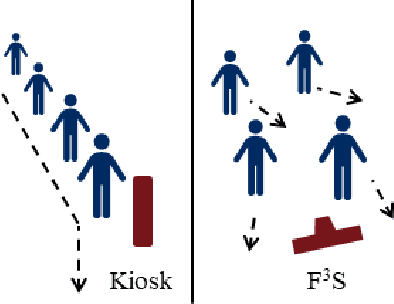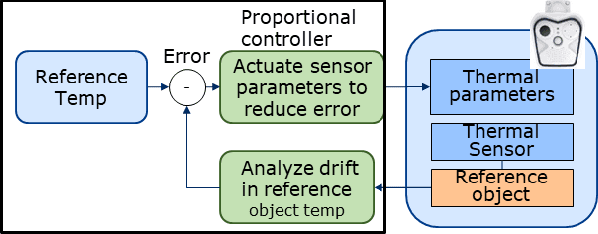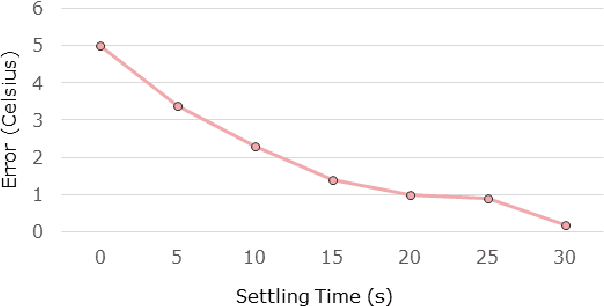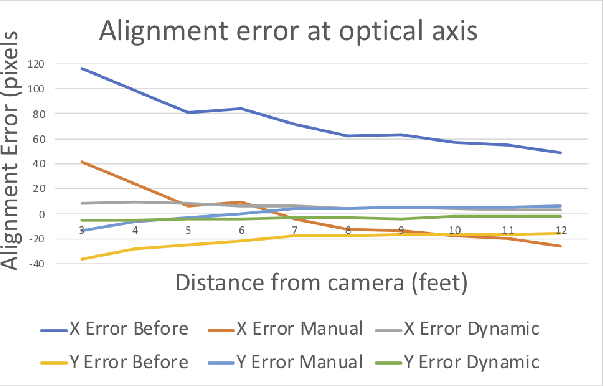Utsav Drolia
F3S: Free Flow Fever Screening
Sep 03, 2021



Abstract:Identification of people with elevated body temperature can reduce or dramatically slow down the spread of infectious diseases like COVID-19. We present a novel fever-screening system, F3S, that uses edge machine learning techniques to accurately measure core body temperatures of multiple individuals in a free-flow setting. F3S performs real-time sensor fusion of visual camera with thermal camera data streams to detect elevated body temperature, and it has several unique features: (a) visual and thermal streams represent very different modalities, and we dynamically associate semantically-equivalent regions across visual and thermal frames by using a new, dynamic alignment technique that analyzes content and context in real-time, (b) we track people through occlusions, identify the eye (inner canthus), forehead, face and head regions where possible, and provide an accurate temperature reading by using a prioritized refinement algorithm, and (c) we robustly detect elevated body temperature even in the presence of personal protective equipment like masks, or sunglasses or hats, all of which can be affected by hot weather and lead to spurious temperature readings. F3S has been deployed at over a dozen large commercial establishments, providing contact-less, free-flow, real-time fever screening for thousands of employees and customers in indoors and outdoor settings.
AQuA: Analytical Quality Assessment for Optimizing Video Analytics Systems
Jan 24, 2021



Abstract:Millions of cameras at edge are being deployed to power a variety of different deep learning applications. However, the frames captured by these cameras are not always pristine - they can be distorted due to lighting issues, sensor noise, compression etc. Such distortions not only deteriorate visual quality, they impact the accuracy of deep learning applications that process such video streams. In this work, we introduce AQuA, to protect application accuracy against such distorted frames by scoring the level of distortion in the frames. It takes into account the analytical quality of frames, not the visual quality, by learning a novel metric, classifier opinion score, and uses a lightweight, CNN-based, object-independent feature extractor. AQuA accurately scores distortion levels of frames and generalizes to multiple different deep learning applications. When used for filtering poor quality frames at edge, it reduces high-confidence errors for analytics applications by 17%. Through filtering, and due to its low overhead (14ms), AQuA can also reduce computation time and average bandwidth usage by 25%.
 Add to Chrome
Add to Chrome Add to Firefox
Add to Firefox Add to Edge
Add to Edge